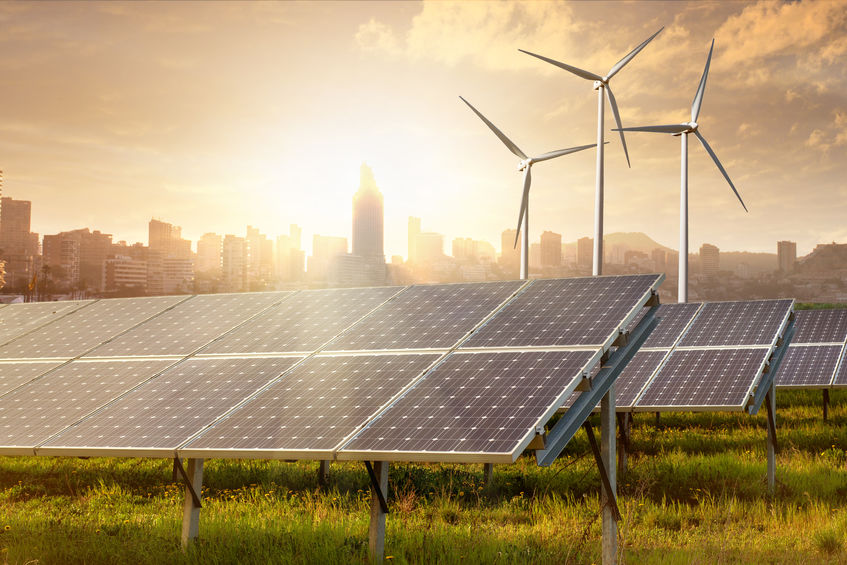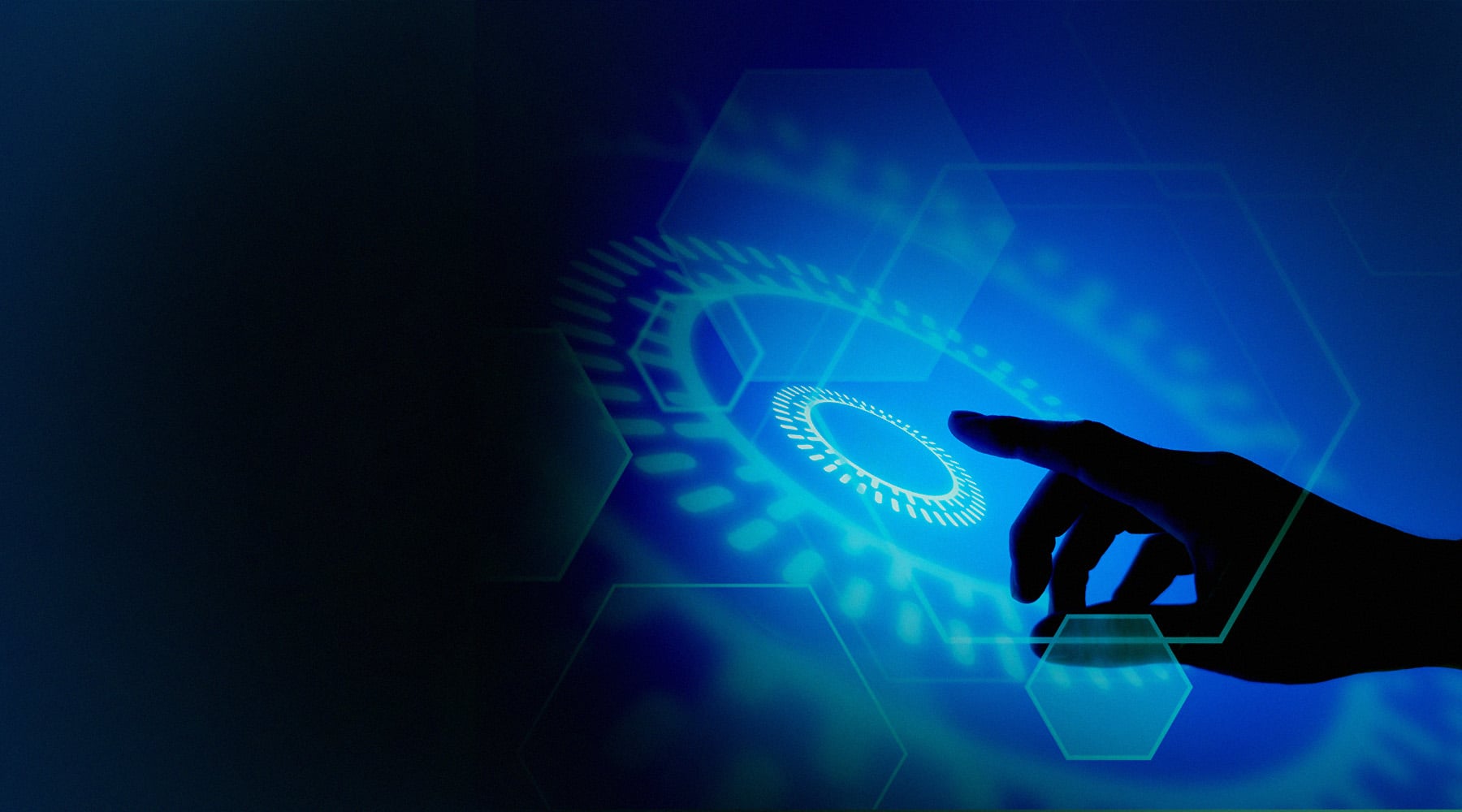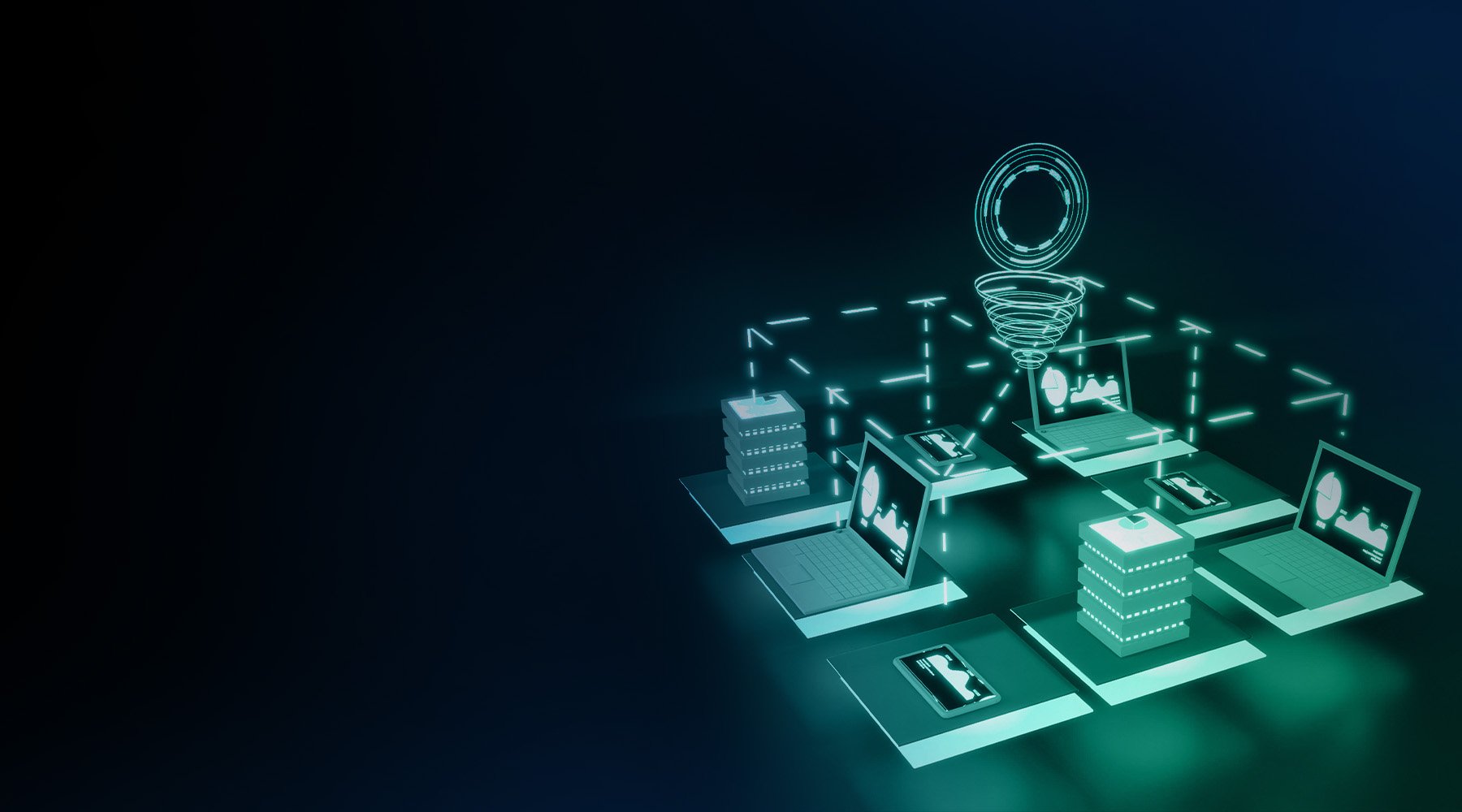Wildfires, hurricanes, pandemics, flooding, drought…the world literally appears to be falling apart at the seams. Fortunately, it’s not all doom and gloom. Distinguishing ourselves as toolmakers, humans have historically managed to find a way to innovate and invent their way out of a bad situation. Clothing was devised as a way to protect us from inhospitable environments. Various agricultural revolutions have saved unquantifiable amounts of people from starvation. Penicillin and vaccines were discovered and developed in order to help fight off infectious disease. The future looks to be no different. We’ll be taking a look at several ideas, inventions, and trends that demonstrate how we are saving the world through tech.
Air Quality
Perhaps no form of pollution comes to mind quicker than air pollution. The thought of thick layers of smog rolling from industrial towers into the sky unabated is the classic image of environmental damage. But it isn’t just in our heads. The combustion of fossil fuels releases large quantities of carbon dioxide into the atmosphere. And we mean large. A 2014 EPA study found that 92% of all greenhouse gas emissions came from carbon dioxide (81%) and methane (11%). This makes carbon dioxide the primary driver of climate change. Methods of cutting down our ‘”carbon footprint’ (i.e. our greenhouse gas emissions) are being invested in now more than ever, and they are producing creative results.
One way to go about reducing air pollutants is to eat them. No, we aren’t suggesting breathing in unfiltered smog, but engineers have been working on devices that can. Known as direct air capture devices, these machines work to capture excess carbon once it has been produced. Among such inventions are smog-eating towers and trees. While these inventions have yet to be released at scale, there are some that are. In Switzerland, a plant that sucks down CO2 directly from the air, a world first, was released in 2017. Interestingly, carbon capture devices can also capture carbon from the air and pump it deep underground for storage. The concept of these carbon capture and storage (CCS) devices is effectively the reverse of extracting petroleum.
The second – and more immediately useful – method is to prevent such high levels of CO2 emissions in the first place. While policies such as carbon capping and rewarding sustainable minded commuters can be helpful, it’s our continued dependence on fossil fuels that is driving our carbon footprint. Fortunately for the planet, and us, we have more than a couple sustainable alternatives.
Sustainable Energy
One of the greatest threats to the environment, not to mention humans, is our reliance on unsustainable sources of energy. Outside of causing air, water, and land pollution, reliance on unsustainable resources is an issue because, as the name implies, they can be exhausted. The majority of these non-renewable energy sources come from fossil fuels, which include petroleum and coal. In fact, they make up about 84% of the world’s energy consumption. Researchers are hoping that advanced technologies can help us switch over to more green (i.e. sustainable) resources.
The chief alternative power sources being investigated are solar, wind, hydro, and geothermal energy. While technologies such as solar panels, wind turbines, and hydro and geothermal plants aren’t new, the last decade has seen advancements and increased interest in harnessing and utilizing these technologies. According to the American Wind Energy Association, U.S. wind energy has more than tripled over the last decade, and it now ranks as the largest source of renewable energy in the country. The association also reports that just last year, 9,132 wind turbines were installed, making it the third highest year for turbine installations in the states. Why is this investment important? In 2019, the US generated enough electricity from wind to power 27.5 million households. That’s significant.
Emerging technologies are also making it more efficient to harness clean energy. Take geothermal energy for example. Derived from the Earth’s natural energy, geothermal plants are now able to operate in areas and off of resources they were previously unable to generate power from. Likewise, solar panels are now able to be custom built almost anywhere, and large floating solar farms are being developed to generate huge amounts of electricity.
Data Science & AI
Predictive AI is being used to forecast changes in ecosystems, climate, and even the Earth itself. Analysts are using computer modeling and statistics to better respond to and understand changes to our planet. Take deforestation for example. An estimated 18 million acres of forest have been lost every year as calculated by the United Nations’ Food and Agriculture Organization. To put that in perspective, since 2001, an area over twice the size of South Korea has been lost due to deforestation. What can be done to reverse this destructive trend? Satellite imagery is being used to identify areas and causes of destruction to better inform decision makers on environmental policies. But computer and software engineering is doing more than just simple monitoring and data analysis work.
AI software is already being developed to help provide firefighters with real-time information on likely flow paths and flashovers during wildfires. This software will prevent the spread of fires and keep firefighters safe by altering them to likely danger areas. AI and data science aren’t just restricted to natural disasters either. Combined with robotics and other automated tools, data science is being used to optimize livestock nutrition and farming methodologies in order to decrease waste and increase yield. Who knew AI and livestock management would be such a great match?
Waste Management
We’ve all been told since we can remember to recycle, and for good reason. Solid wastes, officially tracked as solid municipal waste (SMW), include plastics, discarded food, paper, metals, glass, and other discarded solids, and can cause a great deal of harm to humans, land and aquatic ecosystems, and global environmental health. Currently, humans produce about 2.01 billion metric tons of waste annually. Unfortunately, our SMW production is forecasted to increase faster than the human population up to 2050. So what is being done to prevent a literal pollutant landslide?
Just as software is used in business to streamline operations, so is it being used in waste management. According to EPA estimates, about 75% of all waste is recyclable, but only about 30% of that waste actually makes it to the recycling process. This is where waste management software, now being distributed as a service via cloud computing, comes into play. Plants are using software services to identify disposal errors and manage and sort materials. These software services don’t just help during the processing phase, they also provide detailed analytics on disposal and recycling rates by households that provide insights on areas for improvements.
Of course, the most impressive waste management tech doesn’t see waste mitigated, it sees the waste converted into power. Appropriately dubbed ‘”biogas,’ facilities are converting biological waste into gas. Similarly, heat is being used in a process called thermal conversion to otherwise useless solid waste into usable energy, and in some cases, materials. If that isn’t intense enough, plasma arc recycling uses non-combustible sources of heat to melt and vaporize waste into usable gas. Hot!
It’s not only the stuff we make, but the material we make our stuff with. Material scientists are hard at work helping material science and industry go green. One up and coming material is graphene. Although more research is needed to fully understand its effect on human health, the single atom-thick material is the thinnest material known to man yet among the strongest in existence. It is currently being used and studied for increasing the longevity of electronics, batteries, solar panels, paint, and more. If goods last longer, less waste will be generated.
Although it’s true that data centers leave a large carbon footprint due to the large amount of electricity needed to keep them running, the switch to cloud computing is helping to cut down on physical waste. Without the need for in-house IT infrastructure and equipment, less waste is being used and discarded. And as for all that extra power being generated? A large percentage of power generated by data centers is caused by the need to cool infrastructure. New, more effective and efficient data center coolers are being used to reduce heat. In fact, one device might reduce heat by up to 90%! Now that’s…wait for it…cool!
















